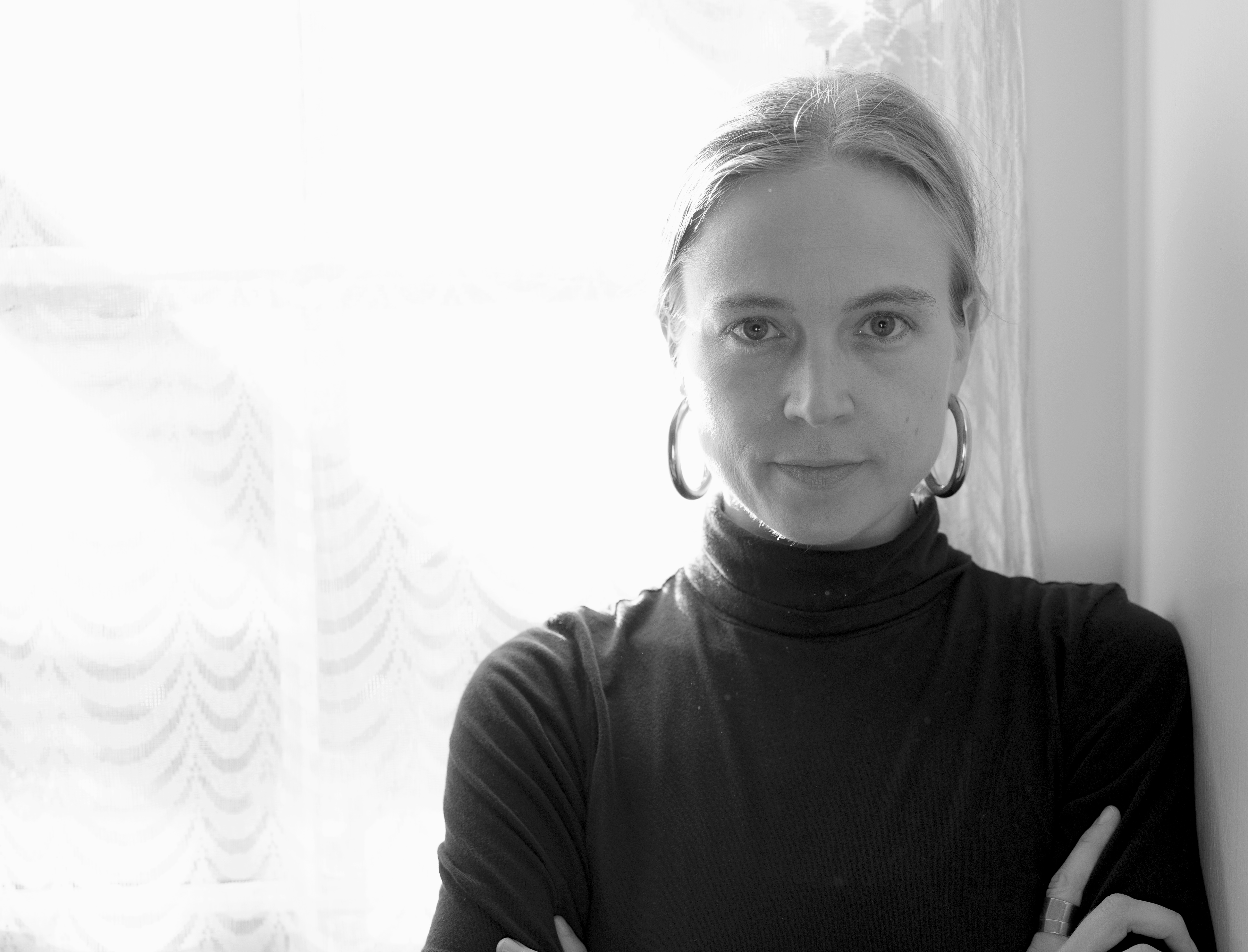Just over 15 years ago, author and SAIC graduate Kathryn Scanlan was living at home with her parents in LeClaire, Iowa when she found an old, water-damaged diary in a box of unsold items headed to the trash at a public estate auction downstate. The diary, once owned by an octogenarian woman in the ’60s and ’70s, had its spine torn off, and its binding was loosely held together with tape.
For months, the fragile diary sat in a desk drawer. It wasn’t until Scanlan began working on her upcoming book of short stories, The Dominant Animal (MCD x FSG, 2020), that she began to read it. In the years following, Scanlan recorded notes and sentences, transforming the diary into something new. Her new book Aug 9—Fog (MCD x FSG) explores ephemeral moments, colloquial poetry, and the mundanity of death through the brief, everyday recordings of the original diarist.
 Image: Courtesy FSG Books
Image: Courtesy FSG BooksYou took this person’s diary and recreated it in your own art. At any point did you think that it was intrusive to do that?
Yes, I thought about that a lot over the years, and what I always kept coming back to was how her diary felt like a really moving and important document. It had quite an effect on me, and I wanted to share that with other people.
What about it made it important?
I would say the language and the way she records her life. I was really charmed by the abbreviated way that she would write sentences. Her use of language felt very particular. It has the Midwestern vernacular that I really liked, and it was this document of speech that maybe doesn’t quite exist anymore. It felt more like speech from the 19th century, and I just loved that.
For a while you didn’t know the diarist’s identity, but then you discovered it and found a distant cousin of hers. Did it change your view of your book or the diary?
It totally changed it. The only information I had about this was woman was what she had written herself. I think that was a really large part of why I made my book: Operating from that lack of information or that mystery was so compelling to me. I made her in my mind. To now know more about her, it’s positive but a little sad. It just changes my perception of all of it.
Why is that? Did it change who you thought she’d be?
I would not say I built a character or persona. The idea I had of her was based and built entirely on her use of language. It was a linguistic imagining.
The original diary is about 400 pages and you spent 15 years reading and annotating it. That’s an extensive process.
Yeah, and it wasn’t something that I started with a clear idea of what I wanted to do. When I started reading the diary, I started to notice certain sentences that I just really found delightful. I started keeping a Word document where I typed all of the sentences that jumped out to me as I was reading, and when I finished reading the diary, I had a pretty long document.
Was there a specific line that stopped you in your tracks?
Her line, “I painting,” which she uses quite often. I think that might have been one of the early lines that I was like, oh, I love this. It’s the irregular syntax of it, and how it’s declarative and authoritative and kind of odd.
The book moves through life events like a grocery list; deaths are mentioned and then they move forward.
That was one of the things that really interested me: Different life and death events would sit alongside these very mundane things. She accepted the inevitability of death. She was 86 years old when she started writing it; I imagine that has quite a bit to do with it. She kept recording in it every day. It’s how things are — the days keep coming, you know? Even though it seems like time stops when someone dies, it definitely does not.



